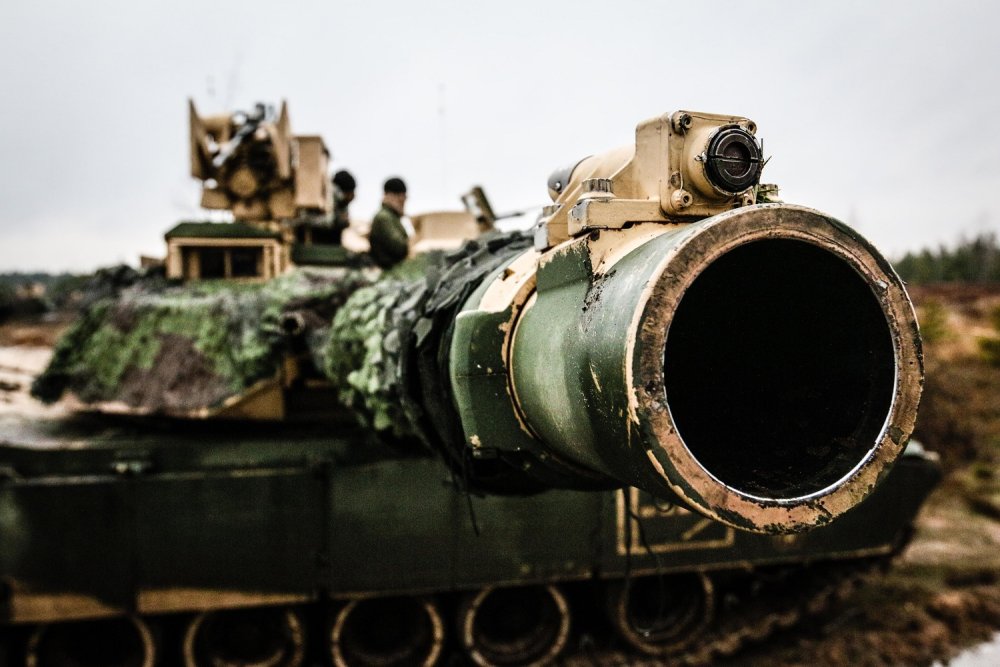Is Russia's New Anti-Tank Weapon Aimed at the Army's M1 Abrams?
The Soviet Union’s huge tank fleet was a cornerstone of its power during the Cold War. However, events in the 1991 Gulf War called its superiority into question. On February 26, 1991, a cavalry troop of nine M1 Abrams tanks and twelve Bradley fighting vehicles bumped into an armored brigade of Iraqi T-72 tanks of the elite Tawakalna Republican Guard division. Within twenty-three minutes of frenzied firing, the troop destroyed thirty-seven of the Soviet-designed T-72s without losing a vehicle in return.Such outcomes were not solely a result of superior U.S. training. Iraqi tankers did sometimes land multiple hits on M1 tanks, but their shells failed to penetrate the Abram’s frontal armor. Not one M1 was destroyed by hostile fire in the war.
Russian tank enthusiasts are quick to point out that the Soviet Union did not export to Iraq it’s more advanced 125-millimeter armor-piercing sabot shells, some of which used dense tungsten or depleted-uranium for increased penetrating power. After the USSR’s dissolution, Russian engineer continued developing improved ammunition. However, the effective thickness of frontal armor on Western tanks also increased by roughly 50 percent.

No comments:
Post a Comment